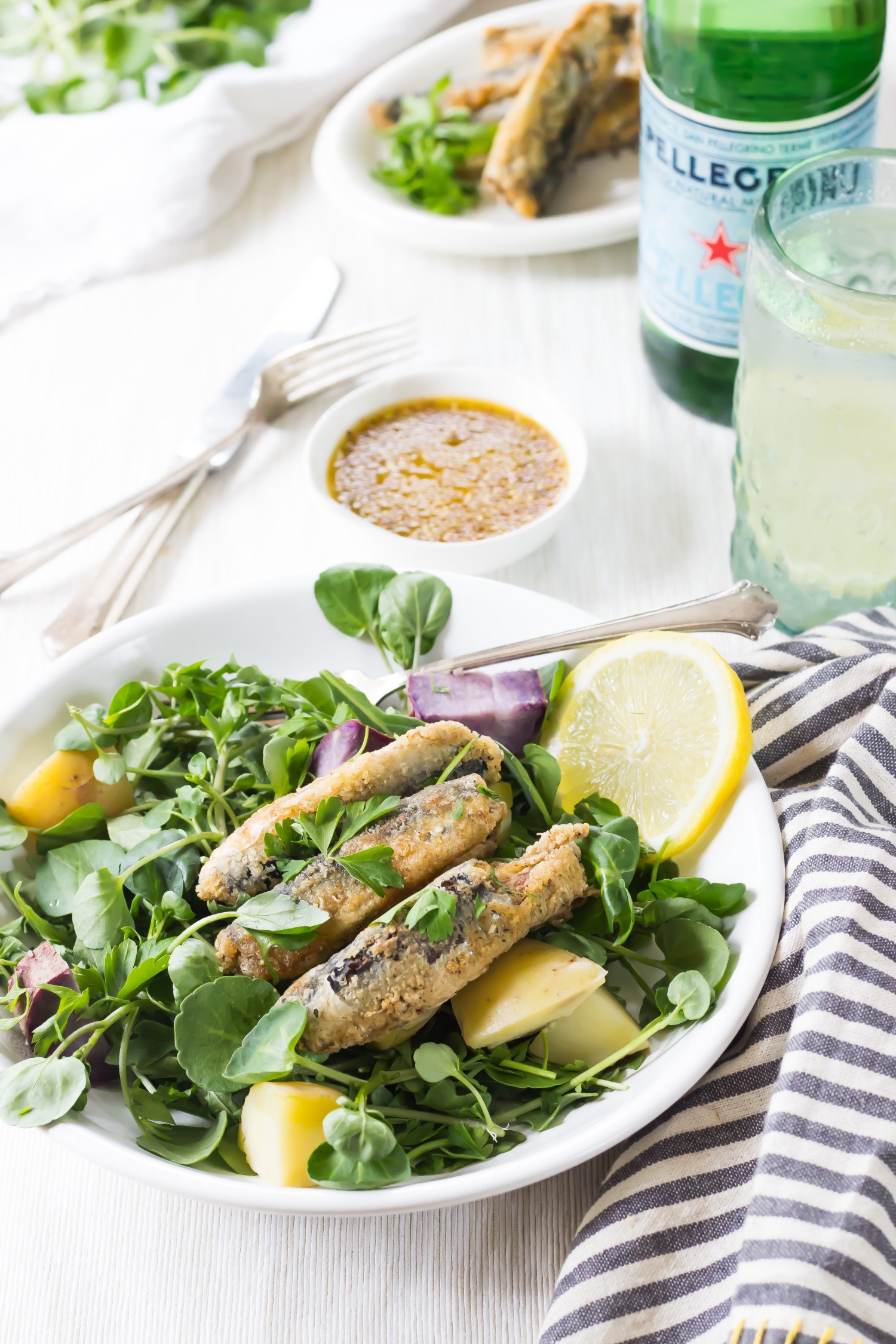There’s lots to know about cooking and it’s more intuitive to some of us than to others. However, it is within each of us to provide nourishment for ourselves. The cooking experience evolves differently for each individual, yet the foundation is the same. Don’t let the sheer volume of cooking possibilities distract you from starting.
First, we’ll talk about being prepared. Always measure out each ingredient before you start cooking. And read through your recipe twice, fully. Also, make sure you have what you need. Obvious, no? When you’re starting out, follow the recipe exactly so you can experience how it “should” be. As you gain experience, then start substituting and taking creative liberties
As you explore recipes and cuisines, you’ll find certain foods and flavors are in everything. You’ll want to keep these items on hand so you’re never in the position of leaving out something important or wasting time running to the store at the last minute.
A prepped cook is a good cook. So let’s start here.
Using a combination of a dry goods pantry, fresh ingredients, standard condiments, and frozen items, you’ll be ready for nearly any recipe or cooking freestyle. “Freestyle” is a unique talent of being able to pull together ingredients without a recipe, through creative inspiration and cooking by taste. Not all good cooks have this unique talent — like, not all good musicians learn by ear.
In dry goods, always keep a few grains, nuts, pasta, and dried legumes. Grains are great as a foundation or to bulk up lighter meals like soup or salad. As a foundation, grains make grain bowls, or buddha bowls, to mix with a couple vegetables, a protein, and a savory dressing. Or, mix grains with a few vegetables and a light vinaigrette for a “salad.” Don’t worry — you don’t have to come up with this on your own. Later on, I’ll share my favorite recipe books that can lead you through these uses.
Pasta serves a similar function. Pasta is also a solid ingredient to start cooking successfully. We’re aiming for little victories in the beginning, to keep up your excitement and commitment.
I specifically call out dried legumes because they are cheaper than canned beans and taste considerably better. Although, canned beans are better than no beans. Cooking with dried beans gives you more opportunity to control the salt levels and the flavor. You’ll use beans for bulking up lighter meals or as standalone dishes.
In fresh ingredients, lemons/limes, garlic, potatoes, onions, and herbs can be kept for weeks at a time. In the refrigerator, you’ll want eggs, sriracha or hot sauce, cheese, Dijon mustard, capers, and butter and/or ghee.
Let’s not underestimate the freezer. Frozen vegetables are a valuable resource for shortening the learning curve to cooking more. You can also keep meats for up to six months, precooked beans, and even sliced bread. The freezer is a wonderful tool for preserving food — not only so you can save money, but also so you can cook large batches and save smaller portions for later. We’ll go into this more later on.
Shopping is exhausting — don’t attempt to do it on the same day you prep or cook. To help, buy your pantry items in bulk online, like rice, dried beans, flour, pasta, canned tomatoes, frozen items. Then you just need to pop into the store or farmers’ market for your fresh items. Then same-day shopping and cooking is much more reasonable.
You’ll also want to cook in bulk — basics like grains, vegetables, beans. Make double the amount that you need & store the extra in the freezer. Label your bags with contents and dates. Some things look deceivingly alike once they’re frozen (is that egg whites or chicken stock? Frozen cake icing or frozen duck fat?).
If organization turns you on, listen here. Take a quart-sized freezer-safe bag, and fill it with your grain or beans or vegetables. About 2 cups can comfortably fit. Push out all the air and zip it shut. Then lay the bag on a flat surface and spread out the filling evenly across the entire bag. Move the bag just like this to the freezer and let it freeze on a flat surface. Once the contents are frozen, you can stand the bag up and store similar bags like books on a shelf. Or leave them laying flat and stack them on top of each other.
Remember that the key to better cooking skills is just doing it. As you build those muscles, you’ll get better and feel more confident with consistency. It doesn’t mean cooking every night or even every week. Just get started and stay prepared.
You can get a suggested pantry checklist at cookingcompaniontv.com/kitchenfundamentals — no email required.
Originally published at cookingcompaniontv.com.
Originally published at medium.com


